Airbus Defence and Space won an order from the UK for three solar-powered Zephyr 8 high-altitude pseudo-satellite aircraft, let’s take a closer look.
In November 2015, British prime minister David Cameron laid out plans during the 2015 Strategic Defence Review, to further enhance the UK’s intelligence, surveillance and reconnaissance capacity.
In the speech given to parliament at the time, he stated that the UK was to field a “British designed unmanned aircraft that will fly at the edge of the earth’s atmosphere and allow us to monitor our adversaries for weeks on end, providing critical intelligence for our armed forces.”
Zephyr-8 is the latest version of a highly sophisticated series of ultra-lightweight UAVs, capable of flying up to 70,000ft – twice the altitude of a commercial airliner – for up to 45 days at a time. Referred to as a High Altitude Pseudo Satellite, it performs more like a satellite than a conventional UAV.
Defence Secretary Michael Fallon said:
“Zephyr is a cutting edge, record-breaking piece of kit that will be capable of gathering constant, reliable information over vast geographical areas at a much greater level of detail than ever before.
They are part of our plan for stronger and better defence, backed by a budget that will rise each year of this decade. That means more ships, more aircraft, more troops available at readiness, better equipment for special forces, more being spent on cyber – to deal with the increased threats to our country.”
Built in Farnborough by ADS, all three will form part of an Operational Concept Demonstrator to assess Zephyr’s capabilities and explore its potential for use by the UK Armed Forces and other Government Departments.
The additional Zephyr will allow 2 airframes to be tested simultaneously and demonstrate operational handover to show that the capability could be sustained indefinitely.
Defence Equipment and Support Chief Executive, Tony Douglas, said:
“Zephyr utilises a wide range of innovative technologies with the aim of delivering a world leading disruptive capability.
Purchasing a third airframe demonstrates how the MOD, through DE&S, can create a positive and collaborative partnership with industry, vital for both the UK economy and for our Armed Forces.”
The trials, which will be held in 2017, will inform Defence’s decisions around how best to provide next-generation battlefield intelligence to the UK Armed Forces.
Zephyr 8 is capable of providing persistent surveillance over land or sea, and hosting communications links, over the same area for months at a time without landing. The precise purposes for which the UK MoD will use its Zephyrs have not been disclosed.
The aircraft flies slowly, loitering over a selected area under the close guidance of a ground controller to perform its mission.
The earlier variant, the Zephyr 7 HAPS, holds the world record for 14 days continuous flight set in 2010. The solar powered aircraft charged its batteries from sunlight during the day.
According to Airbus, the latest generation Zephyr 8 has “a wingspan of 25 metres, is 30% lighter and can carry 50% more batteries than its predecessor”.
This Airbus say, enables the aircraft to carry heavier payloads for its surveillance and communications roles. The Zephyr 8 is designed to fly continuously for over a month before landing, being refurbished, and flying again.
As well as for military purposes, Zephyrs can be used for humanitarian missions, precision farming, environmental and security monitoring, and to provide internet coverage to regions of poor or zero connectivity.
The first aircraft is under construction at Airbus Defence and Space’s Farnborough, UK facility and is due to fly in mid-2017.


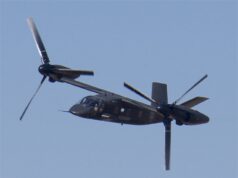
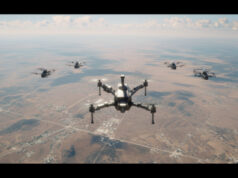
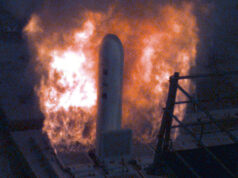




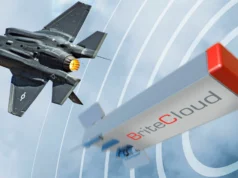
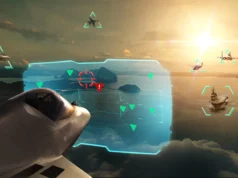
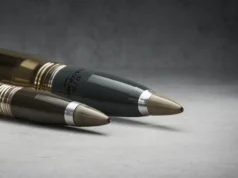

Excellent – the UK leading the way.
Are standard air-to-air / air-to-ground missiles capable of reaching this or do we think anti-satellite missiles would be required to take it out?
Depends on its heat and/or radar signature; something so small may be masked by the suns heat, and its composites may make it difficult to get radar lock. Then again, with advances in seeker heads and radars, probably not too difficult against a determined foe.
These would be more to monitor areas of interest, unseen, for example loitering around the Medd or North Sea, orbiting over Afghanistan… rather than participate in a peer/near peer conflict.
Looks tobe very delicate.
Looks to be almost impossible to spot & hit
This is what they thought about the u2 spy plane, however i guess they will be used in lower threat environments.
Interesting tech but the Chinese just announced about quantum communications that can’t be hacked.
Star Wars is where the edge lies.
Interesting times
Should they have not gone for the Zepher ‘T’ rather than the ‘8’?????
Much greater payload and better endurance?